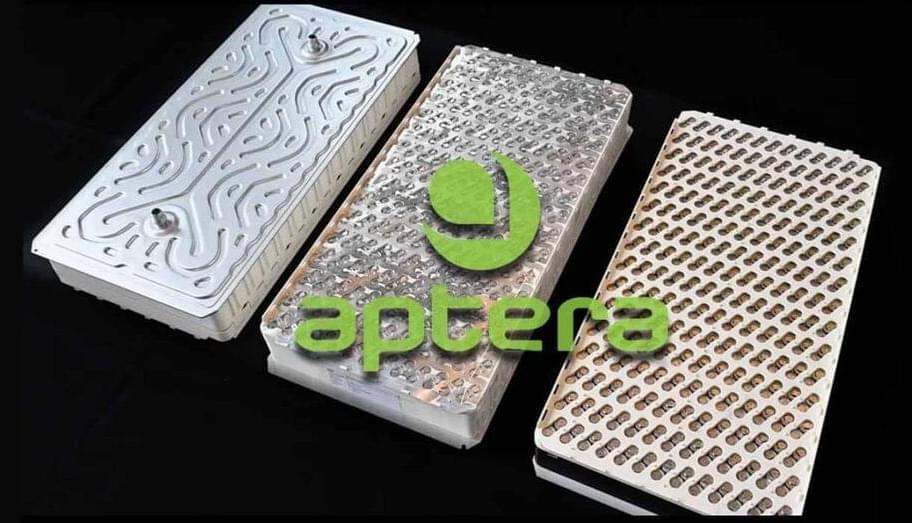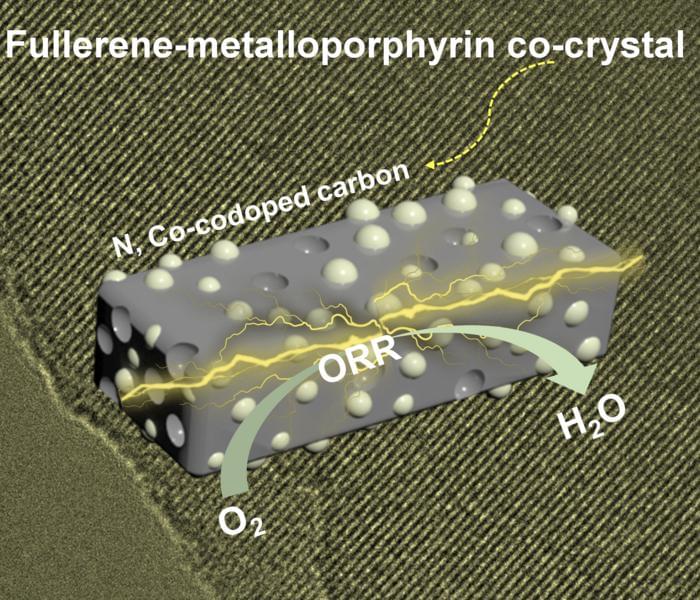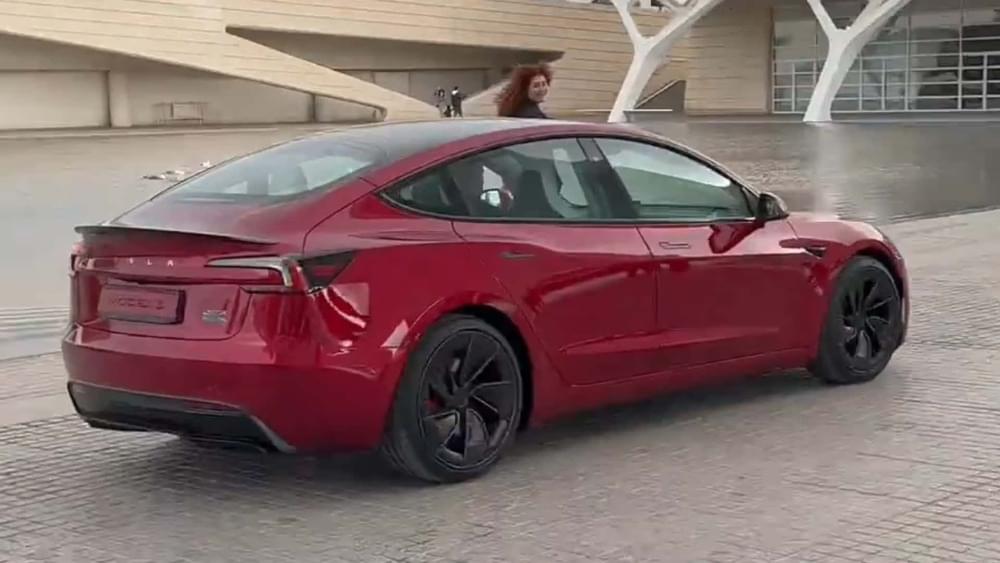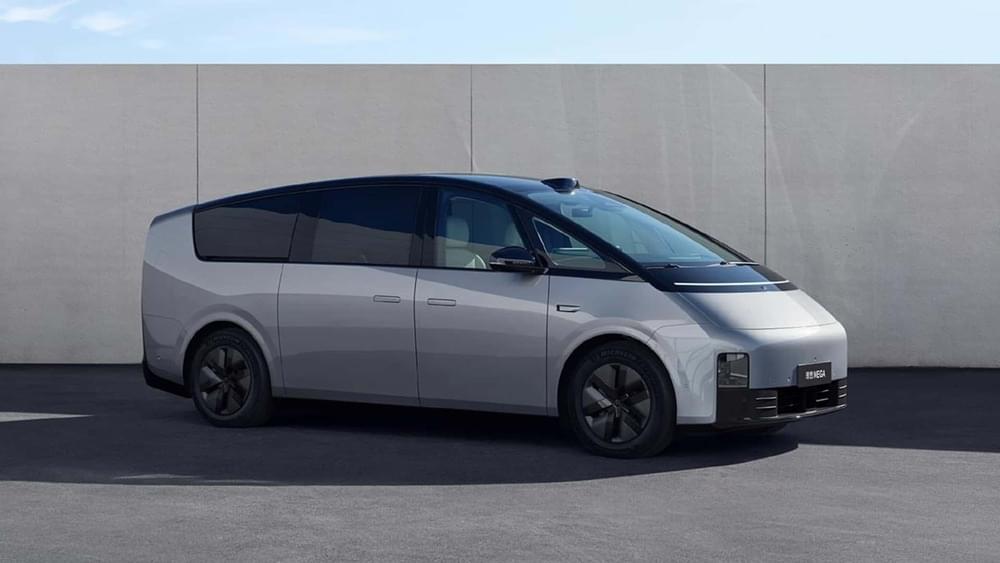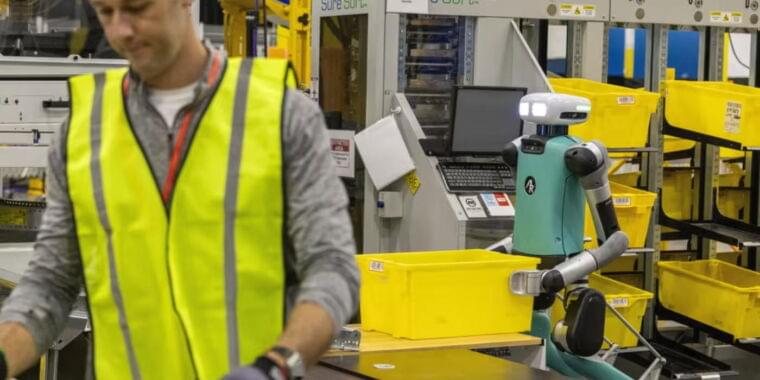Solar EV startup Aptera Motors continued its welcomed level of public transparency today, posting another progress update video for February, offering some juicy details. Aptera co-founder Steve Fambro walks you through the first glimpse at the upcoming Aptera app, which promises several cool features; plus, we get a look at some Solar EV battery packs and some hints at how safe the production vehicle will be. You can learn more in the full video below.
There is a multitude of reasons why Aptera Motors is different from the other OEMs out there. The most obvious is that the California-based startup is really the only company left trying to bring Solar EVs to full-scale production, and it is closer than ever, following a successful $34 million crowdfunding program.
Additionally, Aptera constantly keeps its growing fanbase as well as EV enthusiasts in the know of its progress in developing its solar EVs, posting monthly updates to YouTube. There is also plenty of news coming out of Aptera HQ in between those monthly videos. For example, Aptera offered the public a look at its production-intent build process in mid-February.
